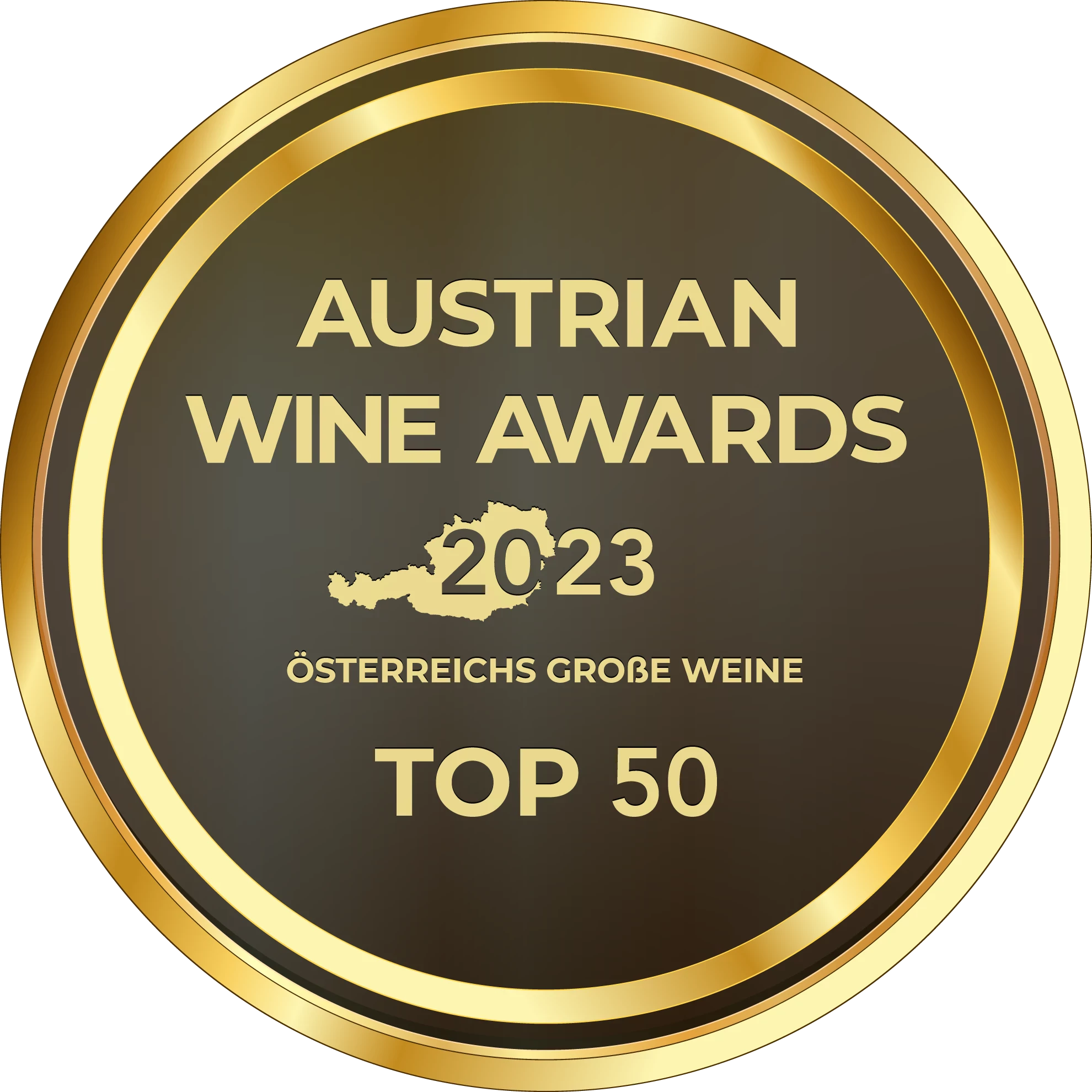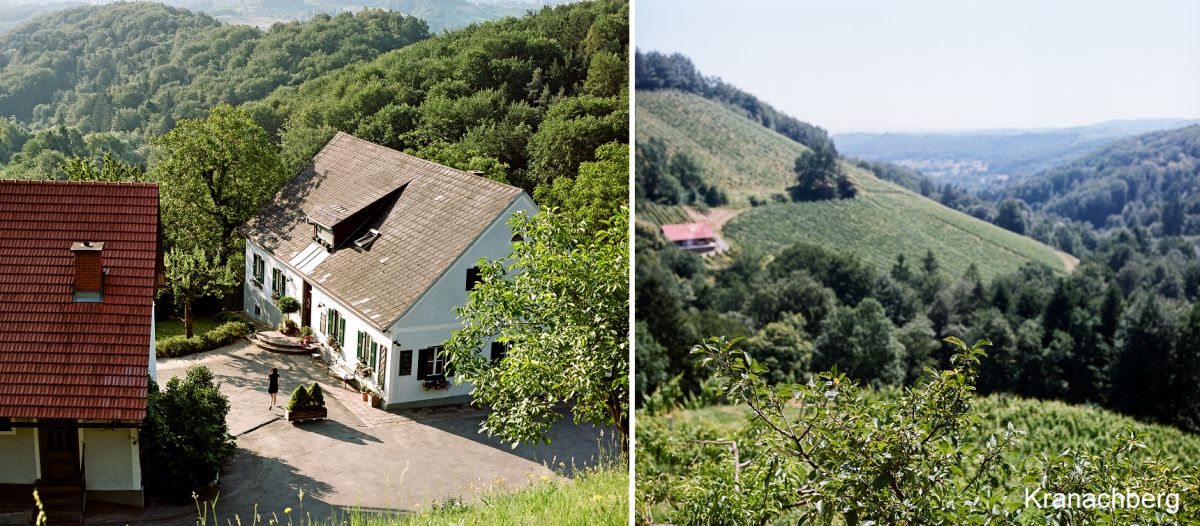currently 165,711 Wines and 25,036 Producers, including 3,204 classified producers.

Outstanding |
2020, Sauvignon Blanc, Südsteiermark DAC, Qualitätswein
2023 - AUSTRIAN WINE AWARDS |

|

Very good |
2020, Sauvignon Blanc, Südsteiermark DAC, Qualitätswein
2023 - AUSTRIAN WINE AWARDS |

|
 0.75 L
0.75 L
 0.75 L
0.75 L
 0.75 L
0.75 L
 0.75 L
0.75 L
 0.75 L
0.75 L
 0.75 L
0.75 L
The winery is located in the municipality of Gamlitz-Kranachberg in the wine-growing region of southern Styria (Austria). The history of the Sabathi farm dates back to 1860, but the business was run as a mixed farm for more than 100 years. After training at the viticultural college Silberberg, Hannes Sabathi joined the farm, which has been run by him and his wife Karin since 2005.

Hannes Sabathi's passion for wines full of character and terroir was awakened by his travels in Burgundy. According to the philosophy of the house, the wines should reflect "an ideal synthesis of terroir (soil character), vintage and varietal typicity". Hannes Sabathi is also referred to as "The Sabathi with the roots". On the one hand, this refers to the visual appearance of the labels, but also to the great importance he attaches to the soil ("Geiler Boden, geiler Wein"). The vineyards cover 30 hectares of vines in the Jägerberg, Kranachberg and Loren vineyards on the Pössnitzberg. The white wine varieties Sauvignon Blanc, Morillon, Pinot Blanc, Pinot Gris, Welschriesling and Gelber Muskateller are cultivated to 95%; the rest is Blauer Zweigelt. Environmentally conscious cultivation is practised.
The wines are vinified according to the regulations of the Styrian Terroir & Classical Wine Estates. These are the five categories STK-Wein, Dorfwein STK Gamlitz, Steirische Klassik STK, Erste STK Lage and Große STK Lage. Under the designation "Reserve", grapes from selected Sauvignon Blanc vines from the Kranachberg vineyard are harvested separately only in the best years and matured in barriques. Under the name "Freigeister" (free spirits), special wines are experimented with "lawlessly", so to speak. These are the "Amphora Sauvignon Blanc" and "Natural Gelber Muskateller" mash-fermented in the style of an Orange Wine. Frizzante (Zweigelt Rosé and Muskateller) is also produced, as well as the typical Styrian pumpkin seed oil.
In 2013, Hannes Sabathi revitalised vineyards on the Kehlberg in the Styrian capital of Graz, which are assigned to the wine-growing region of Western Styria. On 4.5 hectares, the varieties Gelber Muskateller and Sauvignon Blanc are cultivated and the wines are marketed under "Grazer Stadtwein FALTER EGO"